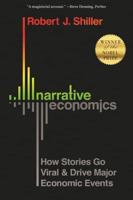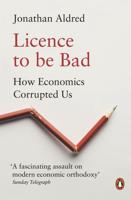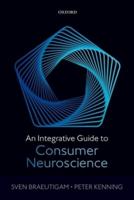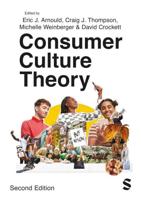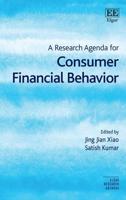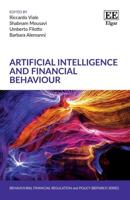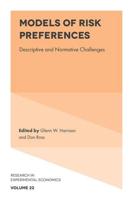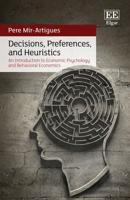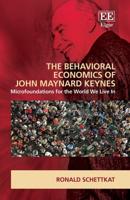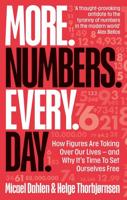Publisher's Synopsis
To the basic theory, economic Model of Criminal Behavior: Basic theory is as mentioned in the overview, the economic model of crime is a standard model of decision making where individuals choose between criminal activity and legal activity on the basis of the expected utility from those acts. It is assumed that participation in criminal activity is the result of an optimizing individual responding to incentives. Among the factors that influence an individual's decision to engage in criminal activities are (i) the expected gains from crime relative to earnings from legal work (ii) the chance (risk) of being caught and convicted, (iii) the extent of punishment and (iv) the opportunities in legal activities. Specifying an equation to capture the incentives in the criminal decision is a natural first step in most analyses of the crime as work models. The most important of these gives the relative rewards of legal and illegal activity. For example, the economic model sees the criminal as committing a crime if the expected gain from criminal activity exceeds the gain from legal activity, generally work.Just as in benefit-cost analysis, when comparing alternative strategies, interest centers on the returns from one decision vis-a-vis returns from another decision. For example, a preference for crime over work implies the earnings gap between legal and illegal activities must rise when the probability of being caught and the severity of punishment increases. Attitudes towards risk are central to economic models of criminal choice. For example, if the individual is said to dislike risk (i.e., to be risk averse) then he will respond more to changes in the chances of being apprehended than to changes in the extent of punishment, other things being equal. Becker developed a comparative-static model that considered primarily the deterrent effect of the criminal justice system. As we will see, how individuals respond to deterrent and incapacitation effects of sanctions has generated considerable theoretical and empirical interest from economists.

